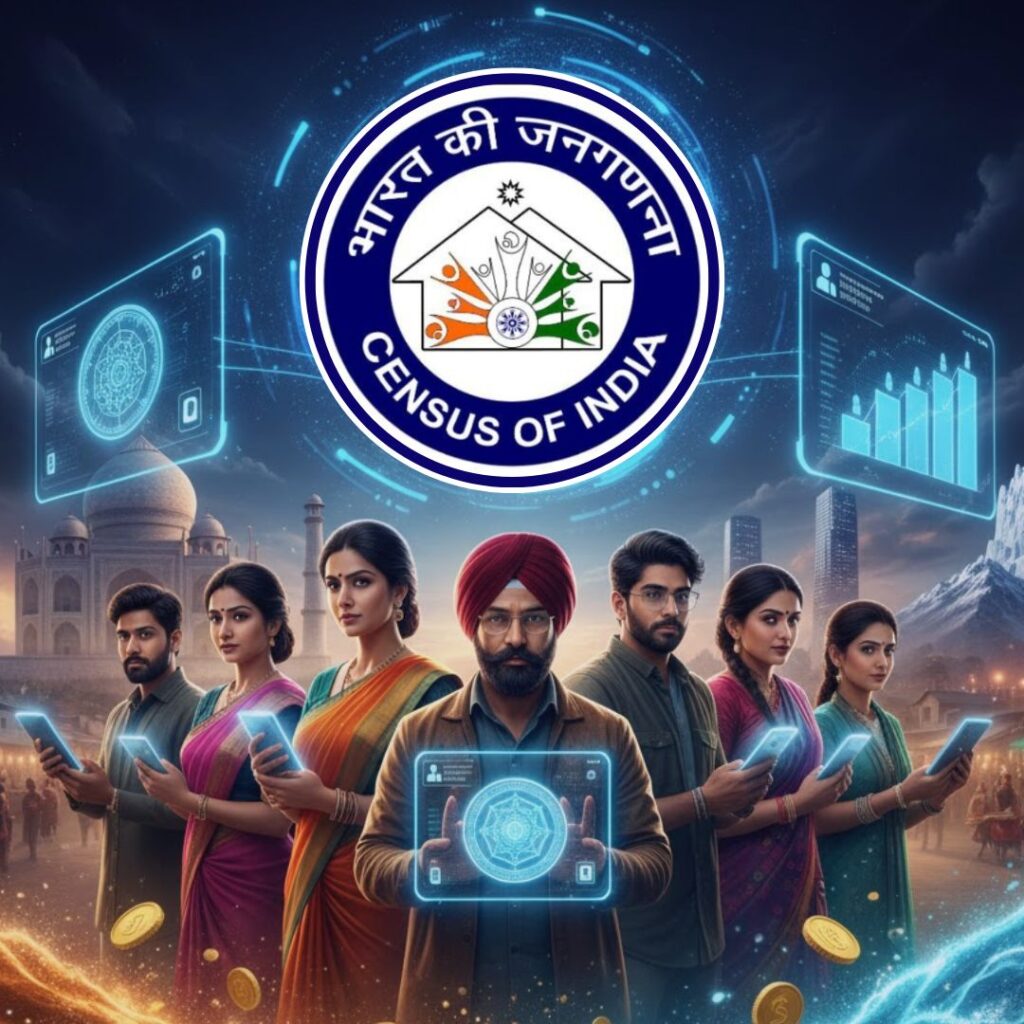As massive protests against CAA continue to stir the country,The Logical Indianbrings to you a comprehensive view on the imposition of Section 144.
In the wake of protests against the Citizenship Amendment Act (CAA) and National Register of Citizens (NRC) all over the country, the Centre and the state government has frequently imposed section 144.
Starting from December 2019 the government has imposed section 144 more than 20 times. All of these orders prohibited the “holding of any public meeting”, the “assembly of five or more persons” as well as the carrying of arms, banners and placards, or sloganeering in these areas.
Section 144 of the Criminal Procedure Code (CrPC) is a colonial-era law. It authorises district magistrate, a sub-divisional magistrate or any other executive magistrate specially empowered by the state government in this behalf to issue orders to prevent and address urgent cases of apprehended danger or nuisance.
A written order has to be passed which may be directed against a particular individual, or to persons residing in a particular place or area, or to the public generally when frequenting or visiting a particular place or area.
The imposition of section 144 was a regular practice during the British era to suppress the protests by freedom fighters.
Assembly of four or more people in an area is prohibited. According to the law, every member of such ‘unlawful assembly’ can be booked for engaging in rioting.
Coupled with the Telecom Suspension Rules of 2017 passed under another colonial-era legislation and the Indian Telegraph Act, the government is empowered to bring about internet shutdowns.
Restricts handling or transporting any kind of weapon in the given jurisdiction where Section 144 has been imposed. In case of any violation in this regard, people doing it in any form can be detained. Such acts can invite punishment of three years.
Do not try to intimidate any Government official by criminal force or show of such force. Do not resist the execution of any law or force any person to do anything illegal. If you have a firearm it is better not to carry it during Section 144 or else it may land you in jail.
No order under Section 144 shall remain in force for more than two months but the state government can extend the validity for two months and maximum up to six months. It can be withdrawn at any point of time if the situation becomes normal.
Section 144 of CrPC generally prohibits public gathering. While curfew, orders people to stay indoors for a specific time. Therefore, the officials can impose a curfew only for a limited amount of time. The period of curfew may be extended if the situation demands such a measure. Prior approval is required from the local police, to leave the house during a curfew.
Section 144 of CrPC bars mob gatherings but it does not control it. A curfew is a more serious course of action taken to control a grave situation.
The article is a part of our campaign on the repetitive imposition of a draconian colonial-era regulation.
Also read:’Suppression Of Legitimate Expression Of Opinion’: Supreme Court Calls Out Repetitive Imposition Of Section 144












